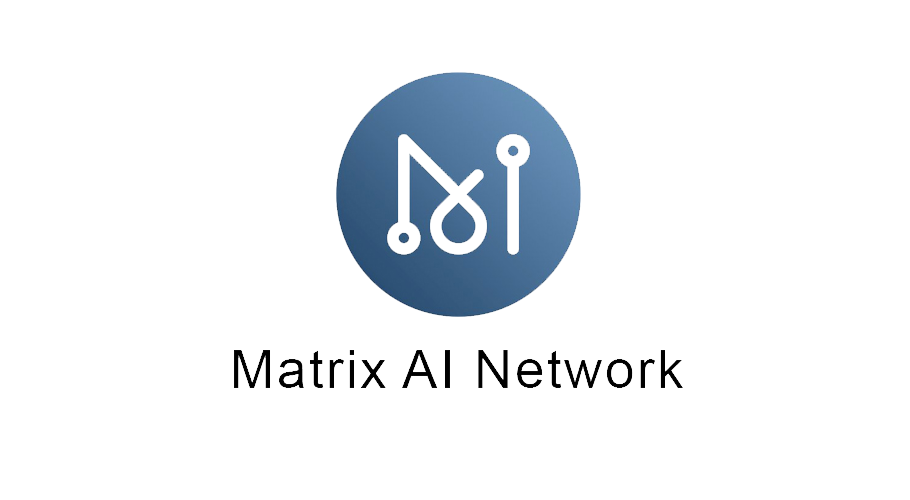Matrix AI Network (MAN), a global open-source, public, intelligent blockchain-based distributed computing platform and operating system, combining advanced artificial intelligence (AI) and blockchain technology, formally announced the launch of its mainnet platform earlier today.
With the launch of the Matrix AI Network mainnet, the public can start mining and commence verification activities in as soon as four to six weeks. Block rewards mined during this initial period is expected to be redistributed to the community in the following manner:
- 1,000,000 MAN will be airdropped to everyone who completes the token swap by or before a date that will shortly be announced to the community.
- Everyone who tested nodes on the testnet will receive 500 MAN each.
- Once the public can start mining, the first 200 miners (online for 100,000 blocks) will receive 1000 MAN each.
- Once the public can start verifying, the first 100 verifiers (online for 100,000 blocks) will receive 2000 MAN each.
- 2,000,000 MAN will be burned.
- Approximately 400,000 MAN will be used to cover transaction fees during the first four to six weeks.
- The remaining tokens will be used for ecosystem development.
“This release is a significant moment for Matrix AI Network and our community, we can now connect investors, developers, partners, and the community to innovate exponentially. Making the Matrix AI Network platform available on the mainnet is a clarion call for collaborative development, and a significant advance for practical blockchain and artificial intelligence technology.”
Matrix AI Network will be running several notable projects on its mainnet, including a recently announced partnership with OGI Ocean Gate Transportation Company, an international freight forwarding, and integrated logistics services company, to develop an intelligent global freight shipping application platform.
Over the past year, Matrix AI Network has announced a series of notable alliances and partnerships in both the public and private sector, with organizations such as Distributed AI Alliance; Tsinghua University Bayesian Computing Lab; Peking University Cancer Hospital; Advanced Telecommunication Chain Industry Alliance; and China Standards and Innovation Alliance’s Artificial Intelligence and Blockchain Council — a strong sign of confidence and support for MATRIX’s proprietary technology.
“We are very excited to reach this milestone, to see our AI technology begin to deliver on the promise of blockchain. Over the coming weeks, as the MATRIX team ensures the stability of the network, the Matrix mainnet will demonstrate a network throughput speed in excess of 5000 transactions per second (TPS),” continues Dr. Steve Deng, “faster speeds lead to lower transaction costs, shorter confirmation times and scalability – capable of supporting large commercial transactions. This is the next breakthrough for blockchain 3.0.”
With this new platform release, MATRIX AI Network will provide the following key feature sets:
- Auto-Coding Smart Contracts – MATRIX Smart Contracts use Natural Language Programming and adaptive deep learning-based templates to auto-code. English and Chinese are currently supported, with additional languages supported later.
- AI-powered Cybersecurity – AI-powered Secure Virtual Machine identifies potential loopholes and malicious intentions while ensuring robustness under high-intensity attack using a generative adversarial network.
- Adaptive Blockchain Parameters – Seamless integration of public and private chains with the capability for multi-chain collaboration. Support for adaptive self-optimization and the ability to tweak certain blockchain parameters without creating a hard fork. Ability to evolve alongside users. Suitable to support enterprise and government ecosystems.
- Value-Added Green Mining – Innovative mining mechanism uses vast computing resources to run Markov-Chain Monte Carlo (MCMC) algorithms. MCMC algorithms have valuable real-world applications. Currently being used in collaboration with Beijing Cancer Research Hospital to improve the speed and accuracy of a cancer diagnosis.
- Dynamic Delegation Network – Proprietary network hierarchy created with a distributed random clustering process without centralized control enables hybrid PoS + PoW consensus mechanism – dubbed HPoW or Hyper PoW – and reduces transaction latency.
